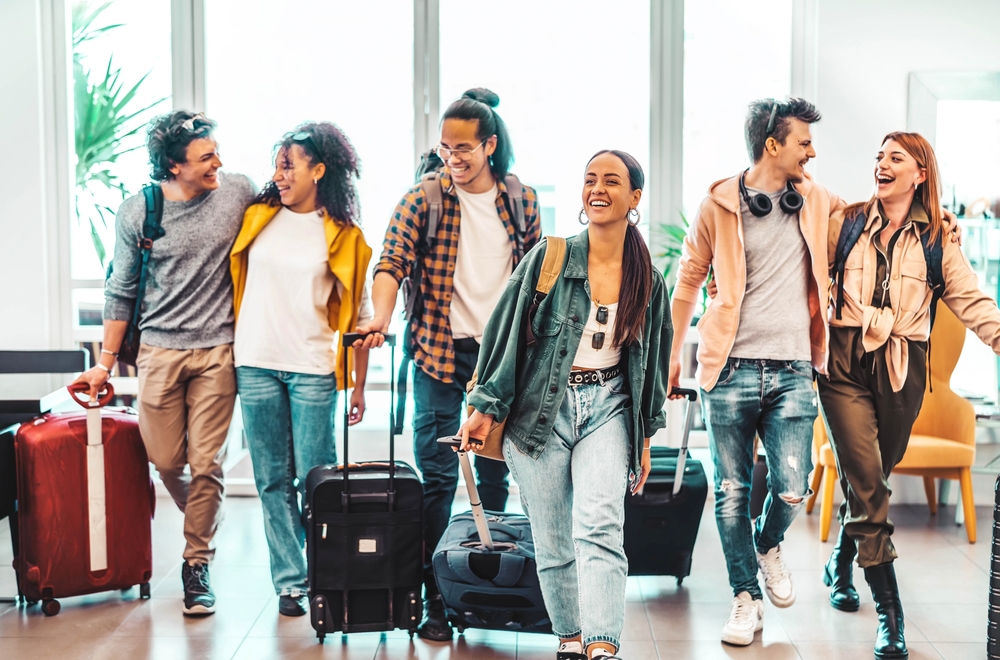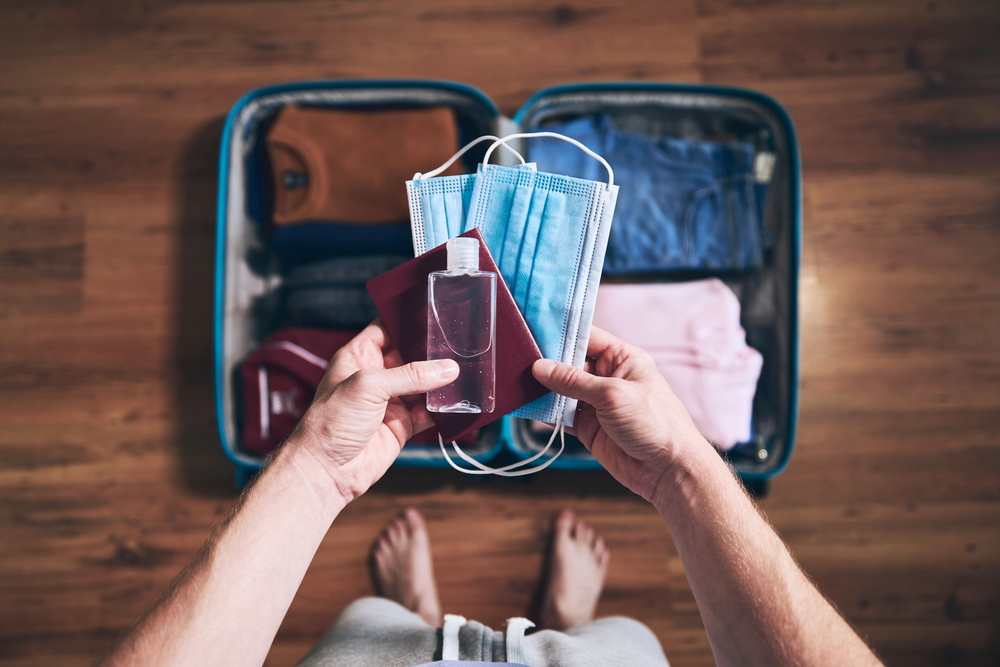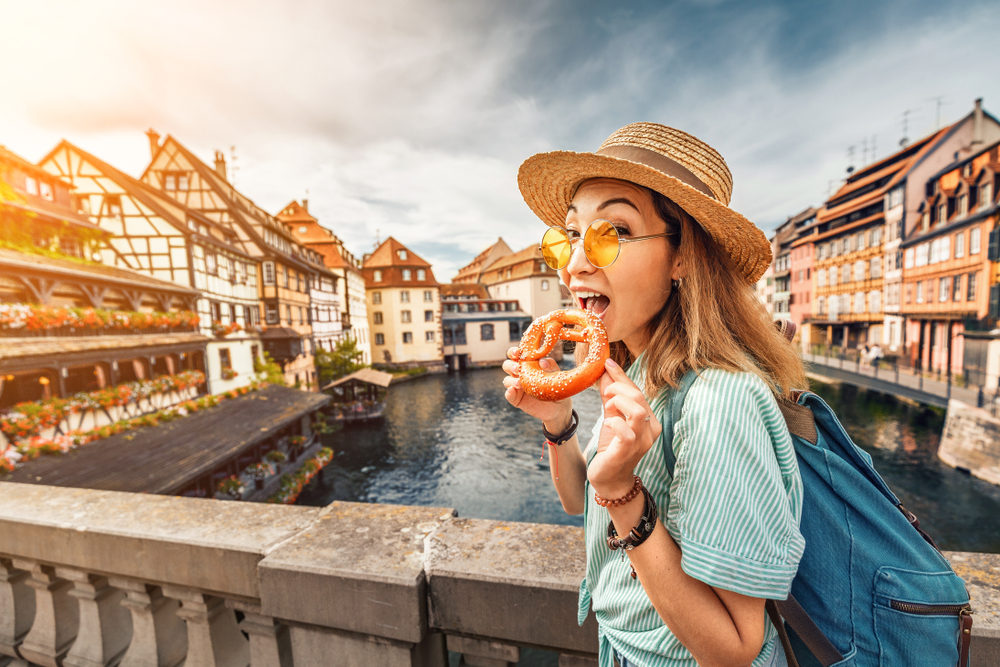One of the best things about the start to a new year is all the planning, plotting, and daydreaming that comes along with it. With a fresh start comes a blank calendar and endless opportunities to fill your months with trips—from weekends at the lake to longer stays in more distant destinations. There’s no time like the present to explore something—or someplace—new, and the coming year is bursting with opportunities to experience everything our big, beautiful world has to offer. While your vacation can (and should!) be exactly what you want it to be, whether a fast-paced tour of a foreign country or a leisurely staycation at a local bed and breakfast, these 2024 travel trends may be worth considering if you need of a little inspiration to get your wheels turning. Once you find something that suits your fancy, the only thing left to do is pack your bags, set that “out of office” reply, and get going!
1. Rest and Relaxation Retreats
2023 went by in a whirlwind, so loads of travelers are still catching their breath after a hectic, jam-packed year. As a result, relaxation retreats, or trips taken for the purpose of resting and resetting, will be big in 2024. A study done by Hilton found that the number one reason people across all generations want to travel in 2024 is to rest and recharge. This year, it’s not about packing as many international cities into one two-week span as you can. Instead, slow down, take your time, and invest in your physical and mental health with a trip that brings rest to the top of the to-do list.
2. “In Your Backyard” Travel
The pandemic effectively shut down international travel, creating a balloon effect over the last couple of years when it seemed like everyone and their mother was jetting off for a European vacation. With rising travel costs and inflation to consider, 2024 will be a year of scaling back. Travelers are keen on exploring the wonders found in their own backyards, so to speak. Destinations within easy driving distance, and easy one- or two-day trips, will be big for travelers looking to maximize their time and money, but still have an unforgettable experience.
3. Destination Dupes
Travelers are taking a page from TikTok with the introduction of destination dupes. If it’s not in the cards to visit your dream destination this year, you can always substitute the aspirational adventure for a trip that’s more attainable but still offers many of the same characteristics and experiences as your dream destination. The South is full of great destination dupes. For example, if you’re fantasizing about a trip to the Greek isles, try Tarpon Springs, Florida instead. Itching to spend time in a quaint German town, consider Helen, Georgia.
4. Music Tourism
Call it the Taylor Swift Effect or something different but there’s no denying that music tourism has exploded over the past year. If you didn’t snag tickets to one of Swift’s U.S. performances, the 48 shows scheduled for Europe in 2024 will certainly draw a significant number of overseas travelers. Seeing your favorite artist is a great excuse to plan a trip. And a vacation budget is a great excuse to splurge to see your favorite artists. How’s that for a two-in-one?
5. Experience Stays
Traditional hotels will never go completely out of style (sometimes you just can’t beat their convenience and comfort), but travelers are increasingly interested in accommodations that offer something beyond a cozy bed and lobby bar. Whether you want to sleep in a renovated train caboose or a magical treehouse in the woods, there’s an experiential stay for you. Want to get away from it all? A luxury farm resort may be just the ticket.
6. Astronomical Adventures
Mark this date in your calendar: April 8, 2024. On this day, you’ll want to head outside to experience the total solar eclipse, an astronomical event that last happened in 2017 and won’t happen again for another 20 years after 2024. Those set on seeing the spectacular phenomenon in all its glory will be heading to San Antonio, Texas or Albuquerque, New Mexico, two places where chances are highest to see the sun’s corona during the eclipse.
7. Small Group Travel
2023 was a big year for multigenerational travel with extended families reuniting after a period of separation due to the pandemic. That trend will continue into 2024 but expand to include more types of small groups, from young families traveling together to friend groups planning large gatherings. You might see groups renting out a large vacation home or private villa, and they may even take over a floor of a hotel. I jumped on this trend at the end of 2023 with a New Year’s Eve gathering in St. Augustine, and am planning another at an tropical all-inclusive resort this summer.



